Polytetrafluoroethylene (PTFE) is a versatile and high-performance polymer known for its exceptional chemical resistance, electrical insulation properties, and high-temperature stability. Processing PTFE into usable products requires specialized methods due to its unique characteristics, such as high viscosity and poor flow properties. Here’s an overview of the key processing methods used for PTFE.
1. Compression Molding
Compression molding is one of the most common methods for processing PTFE. In this method, PTFE powder or resin is placed into a mold, and heat and pressure are applied to form the desired shape. The process works well for producing flat gaskets, seals, and simple shapes. Compression molding is highly effective for creating large volumes of PTFE parts with good dimensional accuracy.
2. Injection Molding
Injection molding is used for creating more complex and intricate PTFE shapes. In this process, PTFE is first preheated and then injected under high pressure into a mold. The material cools and solidifies to form the part. Due to PTFE’s high viscosity, this process typically requires specialized equipment, and the material may be pre-sintered before injection to facilitate the molding process. Injection molding is ideal for producing small, precise parts, such as components used in the automotive and medical industries.
3. Extrusion
Extrusion involves heating PTFE resin and forcing it through a die to form continuous shapes, such as rods, tubes, or films. This method is commonly used for creating PTFE gaskets, seals, and wires. After extrusion, the product is typically sintered (heated to a high temperature) to enhance its physical properties.

4. Sintering
Sintering is a critical step in PTFE processing. It involves heating PTFE to its melting point without allowing it to fully melt. The result is a solidified, high-density material that retains its excellent mechanical properties.
Conclusion
The processing of PTFE involves various methods—compression molding, injection molding, extrusion, and sintering—each suited to different applications and product requirements. These techniques allow PTFE to be tailored for a wide range of industrial uses, from seals and gaskets to complex engineering components.

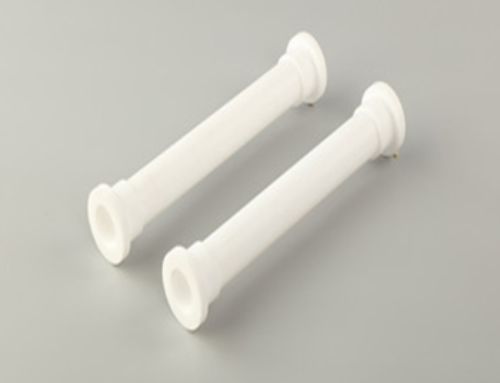
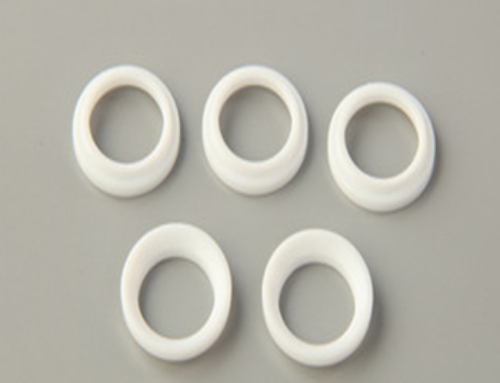
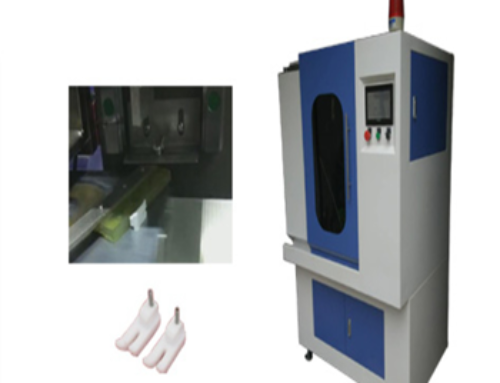
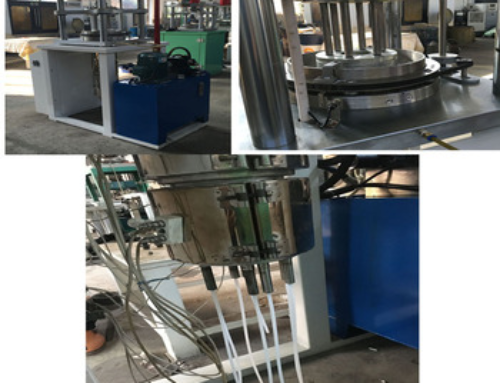
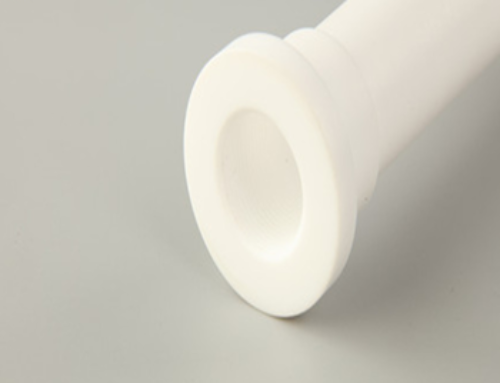

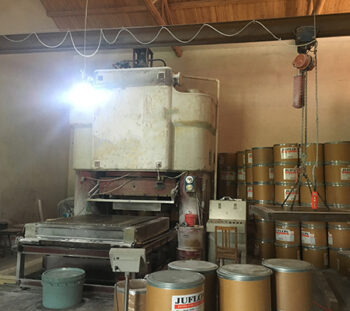
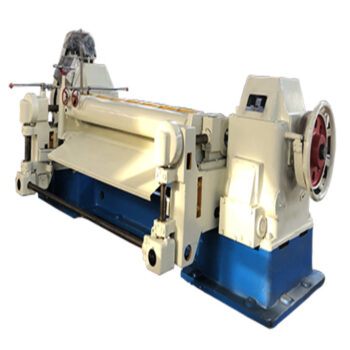
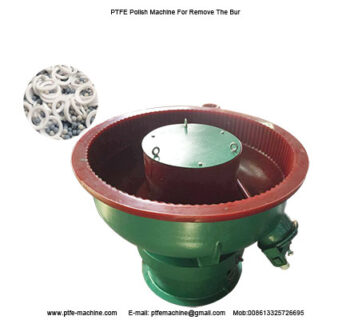
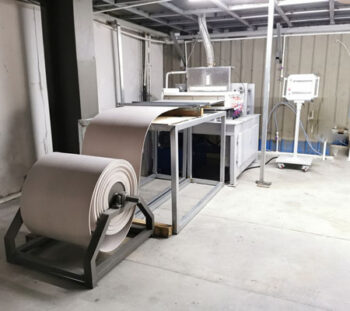
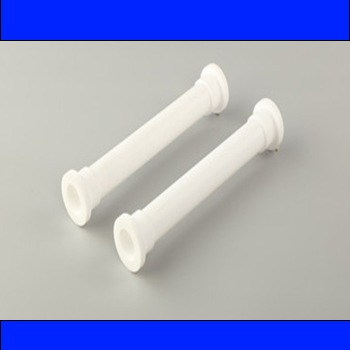

Leave A Comment
You must be logged in to post a comment.